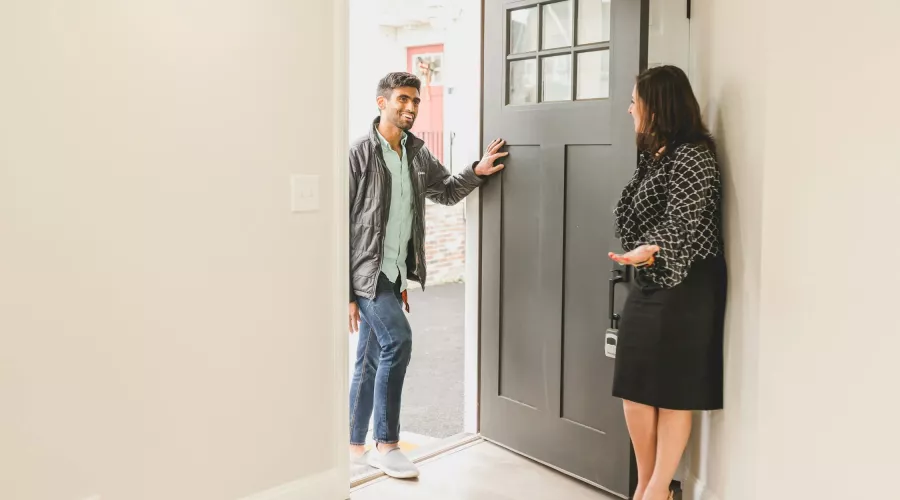
How Seller Attachment Shapes Seller-Buyer Interactions Including Home Sales
By Alice Lee
Peoples’ psychological attachment to the objects they own varies from one possession to the next. Someone may cherish, say, the guitar they’ve played for decades or the car they’ve lovingly restored, while having fewer emotions for their refrigerator or patio furniture. Such attachment may matter when an owner enters into a negotiation to sell a possession.
Indeed, past research on “endowment effects” in negotiations has documented how seller attachment may manifest in higher valuations and offers. However, it appears that little past work has examined how attachment may shape the larger course of interactions between sellers and buyers, including the communication process and the ultimate selection of a buyer.
Does seller attachment shape which buyers “get to the table” and whom they ultimately sell to?
My collaborator Daniel Ames and I tackle these questions by capturing how natural variance in seller attachment plays out in real-world transaction including some of the biggest transactions many people ever face: home sales.
Home sellers vary widely in the degree to which they feel attachment to their homes, from those who feel strong attachment (e.g., born and raised in a particular home) to those who have a more limited connection (e.g., house flippers). Through surveys of over 500 recent home sellers (N=569 sold within past 12 months; average sale price $320k) and over 500 agents (N=529 across 43 states; average experience 16.38 years) representing recent home sellers, we captured naturally-existing attachment in real-world transactions of home sales from both a direct seller’s perspective and a neutral expert’s perspective.
In both seller and agent surveys, we observed wide variance in reported feelings of seller attachment to homes and found that such attachment shaped the patterns of seller engagement and interactions with buyers as well as their final transactions. Specifically, highly-attached sellers (compared to less-attached ones) were more likely to engage with buyers who offered caretaking intentions. Attached sellers showed more engagement with buyers whom they liked, who seemed more caring, who praised their house, and who avoided criticizing their house. Seller attachment was also positively associated with characteristics of the final buyer whom they ultimately sold their house to, such as how well they expected them to care for the home. Across our analyses, we did not find meaningful or consistent effects related to economic terms (e.g., attached sellers demanding a premium from, or offering a discount to, suitable buyers, or buyers in general). Rather, it appears that attachment shapes the bargaining process, affecting which buyers get to “the table” (exchanging offers with a seller) and how buyer and sellers interact.
Across our studies, we show that a seller’s attachment to their possession under negotiation affects the way they evaluate and select buyers. Sellers who feel high (versus low) attachment to their possession appear to seek more information to evaluate the suitability of buyers as caretakers and ultimately select buyers that exhibit more of these caretaking attributes.
Our findings contrast with a portrait of all sellers as predominantly focused on maximizing economic returns or a view of high seller attachment manifesting simply as a high reservation price. Rather, we find that attachment shapes interactions across the negotiation process, affecting who gets to the table and how final buyers are chosen. Our work suggests that accounting for seller attachment is a critical factor to a complete understanding of negotiation behavior and outcomes.
Alice Lee
Alice Lee is an Assistant Professor of Organizational Behavior at the ILR School.
Professor Lee examines key features of social influence, where one person makes an overture toward another in the hopes of achieving a particular economic or subjective outcome.
